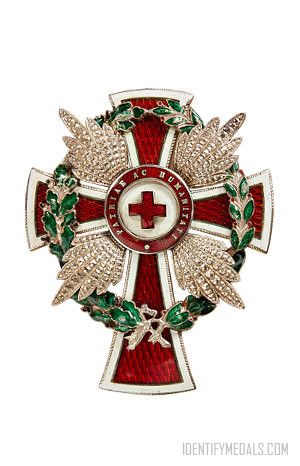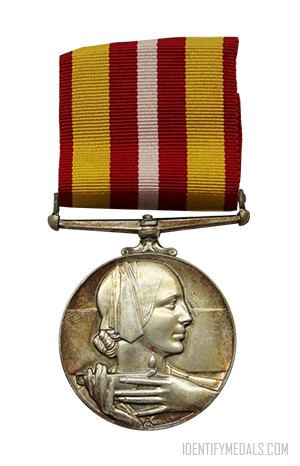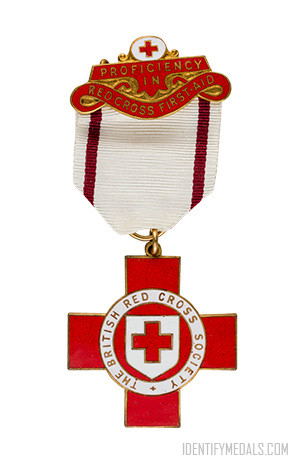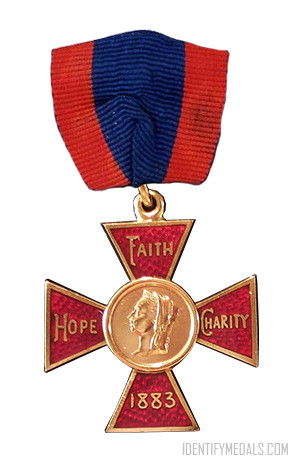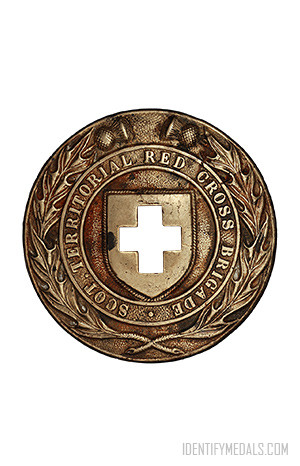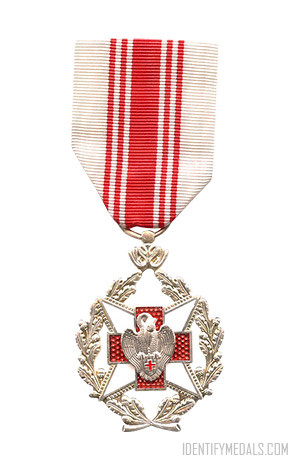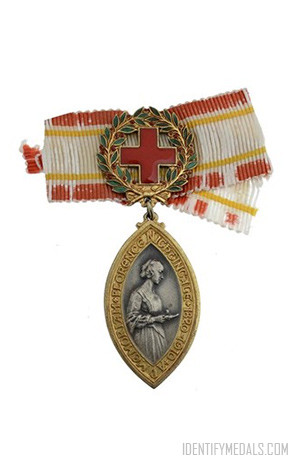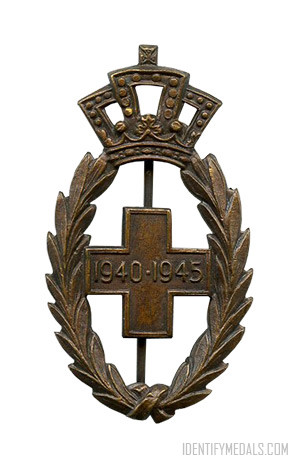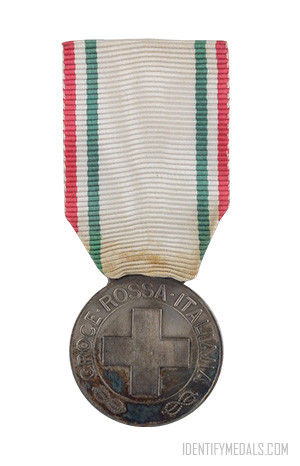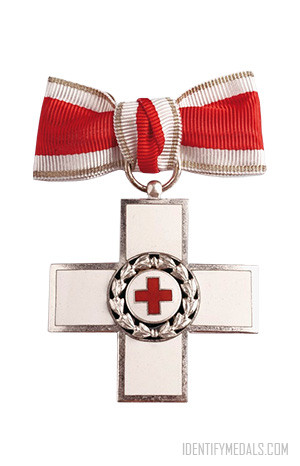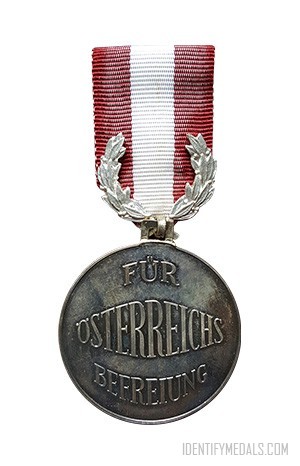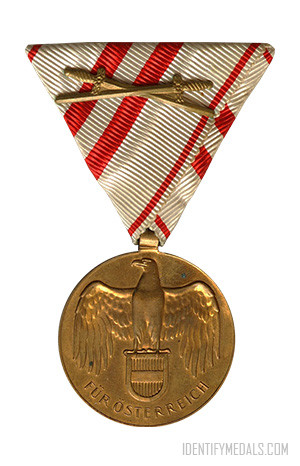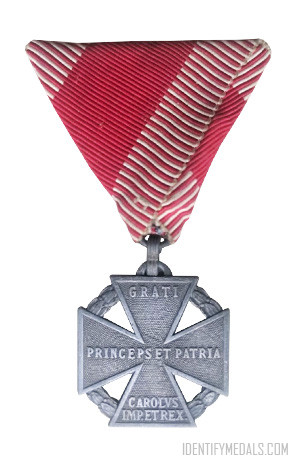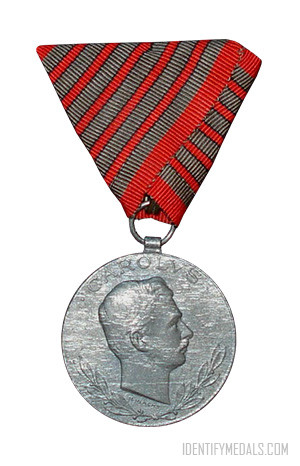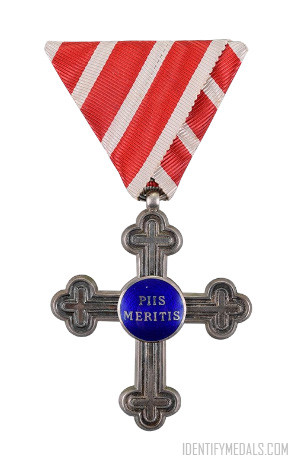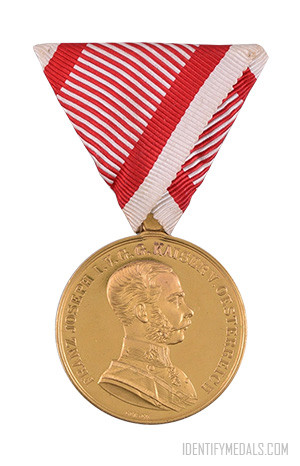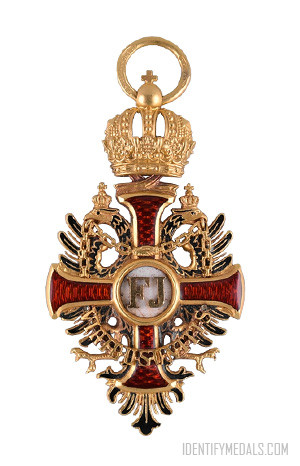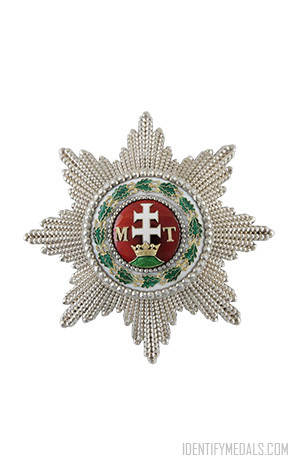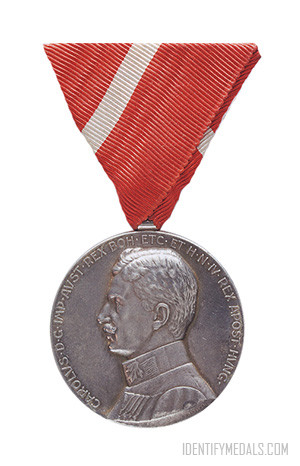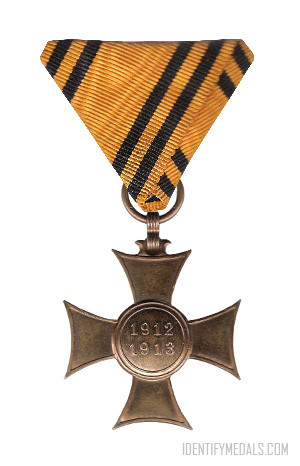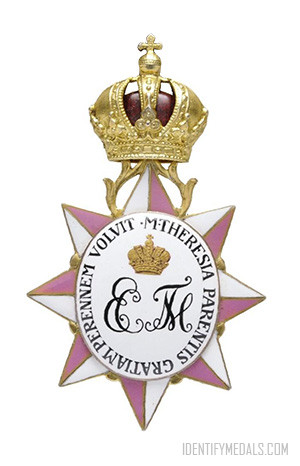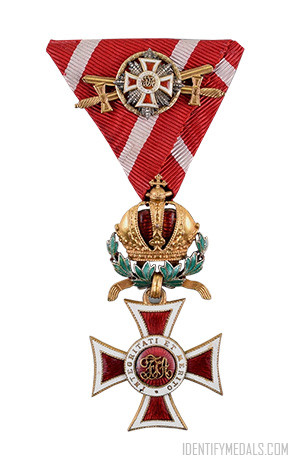- Time Period: Pre-WW1
- Year of Institution: 17 August 1914
- Country: Austria, Hungary, Austro-Hungarian Empire
The Decoration for Services to the Red Cross (or Ehrenzeichen für Verdienste um das Rote Kreuz in German) was an Austro-Hungarian award instituted on 17 August 1914 by Emperor Franz Josef I to mark the 50th anniversary of the Geneva Convention.
The award was intended to honor individuals who had worked in the voluntary emergency services of the Red Cross, either in peacetime or in war. The Austrian Red Cross was founded in 1864 and the merit awards were created to mark the 50th anniversary.
The order consists of four classes, as well as an associated medal in two classes:
- 1st: Star
- 2nd: Merit Cross, 1st class
- 3rd: Officer’s Cross
- 4th: Merit Cross, 2nd class
- Silver Medal
- Bronze Medal
Awards for military services were augmented with a war decoration for the ceremony.
The Austrian Decoration for Services to the Red Cross Design
The medal is a silver-edged white enamel cross with silver-edged red enamel inset panels.
The obverse has a central circular white enamel medallion bearing a red enamel Greek (Geneva) encircled by a red enamel ring bearing the inscription in gilt letters ‘PATRIAE AC HUMANITATI’ (“Fatherland and Humanity“), and a green and red enamel wreath imposed indicating a wartime award.
The reverse bears a central circular white enamel medallion bearing the dates in silver ‘1864’ and ‘1914’.
The suspension ring is usually hallmarked and with the maker’s mark. The ribbon is white with red diagonal stripes.

